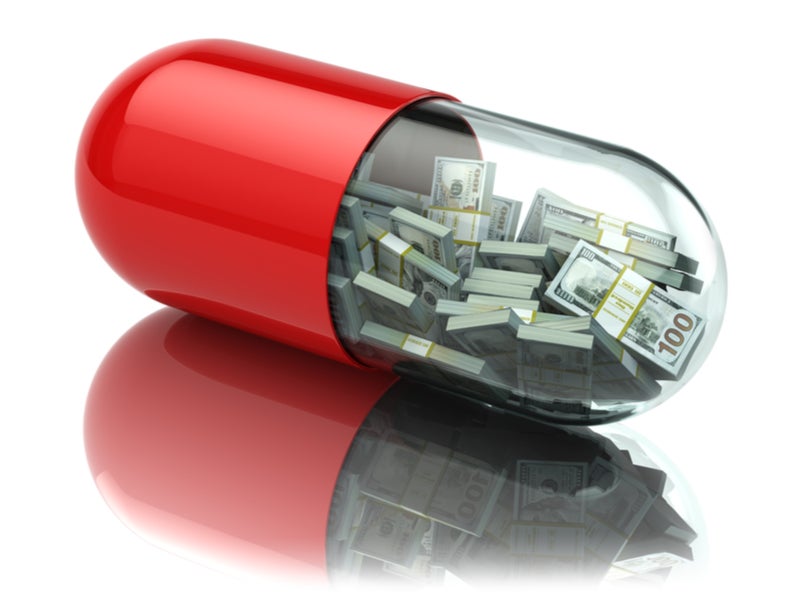The high cost of pharmaceutical products is a major problem facing healthcare systems throughout the world. The issue is particularly troublesome in the US, where the cost of drugs is often three to 10 times more than that of the exact same product in European markets.
Why drug prices are high
One of the major underlying differences between the US and other major pharmaceutical markets is that the reimbursement of drugs in the US is almost entirely negotiated through private insurers, rather than a single-payer system as employed in the UK, for example.
One exception to this procurement approach in the US comes from the Centers for Diseases Control and Prevention (CDC) with the supply of vaccines for its Vaccines for Children (VFC) programme. In this case, the CDC negotiates directly with vaccine manufacturers in a pseudo-single-payer system to provide vaccines for disadvantaged children. Since these same vaccines are also widely available through private suppliers, it is possible to compare the impact of these separate procurement strategies through an analysis of their average cost.
Figure 1 below demonstrates the difference in the average price of childhood diphtheria, tetanus, and acellular pertussis (DTaP) vaccines in the US public and private vaccination programs. The average price of DTaP vaccines in Italy, the UK, and Canada are also included as comparators since each of these countries have different vaccine procurement systems.
Figure 1: Comparison of the average cost per DTaP vaccination in countries with various vaccine procurement approaches

Source: GlobalData, Pharma Intelligence Center

US Tariffs are shifting - will you react or anticipate?
Don’t let policy changes catch you off guard. Stay proactive with real-time data and expert analysis.
By GlobalDataThe average cost of DTaP vaccines supplied through the CDC programme is 30% lower than the average price the vaccines procured through private US insurers. This substantial discount, which is provided by the CDC’s direct supply of pediatric vaccines, brings the average cost of DTaP vaccinations to a similar cost as seen in the UK, which procures all childhood vaccines solely through the National Institute for Health and Care Excellence (NICE).
The cost of DTaP vaccinations in Italy is closer to that paid by private US programmes mainly because vaccines in Italy are supplied on a regional basis, which means that payers in Italy do not have the purchasing power of a single-nation payer. The data presented above highlight the economic advantages of the single-payer approach compared with a more decentralized vaccine procurement system that provides suppliers with a decided advantage.
The monopsony created in single-payer systems has meant that the US CDC and UK DTaP vaccine prices are significantly lower than the decentralised procurement models. However, the average cost per vaccination is still significantly higher compared to Canada. Canada has an exceptionally efficient method of procuring routine vaccines, despite the actual immunizations being delivered on a regional basis, through a centralized tender system. This approach forces vaccines suppliers, such as Merck, GlaxoSmithKline and Sanofi, into outbidding each other for a greater share of the overall vaccine market.
The obvious discount in DTaP vaccination price seen in countries utilising centralised payers with larger purchasing power demonstrates the key benefit of single-payer healthcare systems. Therefore, the ongoing debates surrounding high drug prices in the US government should seriously focus on how the drug procurement system is currently organised. Without making progress towards a single-payer healthcare system, or at the very least allowing Medicare to directly negotiate drug prices with manufacturers, the US cannot achieve significantly lower drug pricing because it is not possible to artificially create the level of competition provided by a monopsony through legislation alone.
Related report
Disclosing List Prices in TV Ads Will Not Improve US Drug Pricing





